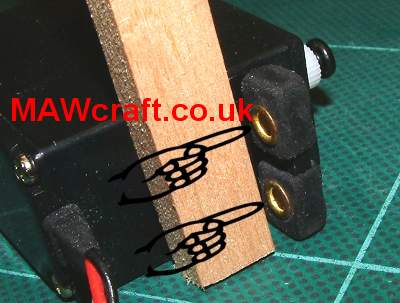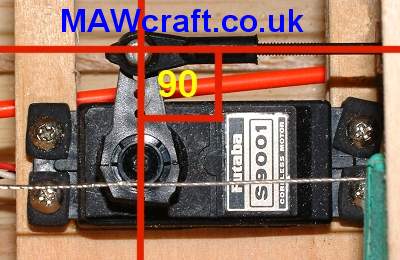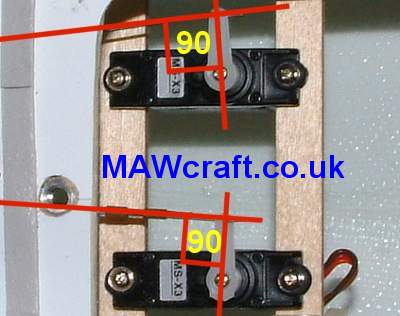Installing Servo's Correctly

Installing Servo's Correctly |

|
|
|
|

|
I've checked over a few beginner's models and I have noticed in nearly
all cases that the brass inserts have been installed in the rubber anti-vibration
mounts the wrong way. After investigation I know that both JR and Futaba
(or kit manufacturers) do not mention any where in their user manuals about
the correct way to install a servo.
|
| Tip Drill and insert the screws, then remove the screws, put a drop of thin cyno down the holes and allow to set before reassembling. This makes for a much stronger fixing. |
|
  |
When installing the rudder, elevator and aileron servo's complete the
following procedure and you won't go wrong
|
| Tip Remove the other 3 arms of the servo head, (see pictures) this reduces the chances of the servo's getting tangled up with loose wiring and possibly disconnecting a plug and socket in flight with the obvious disastrous consequences. |
|
Close Window |
|